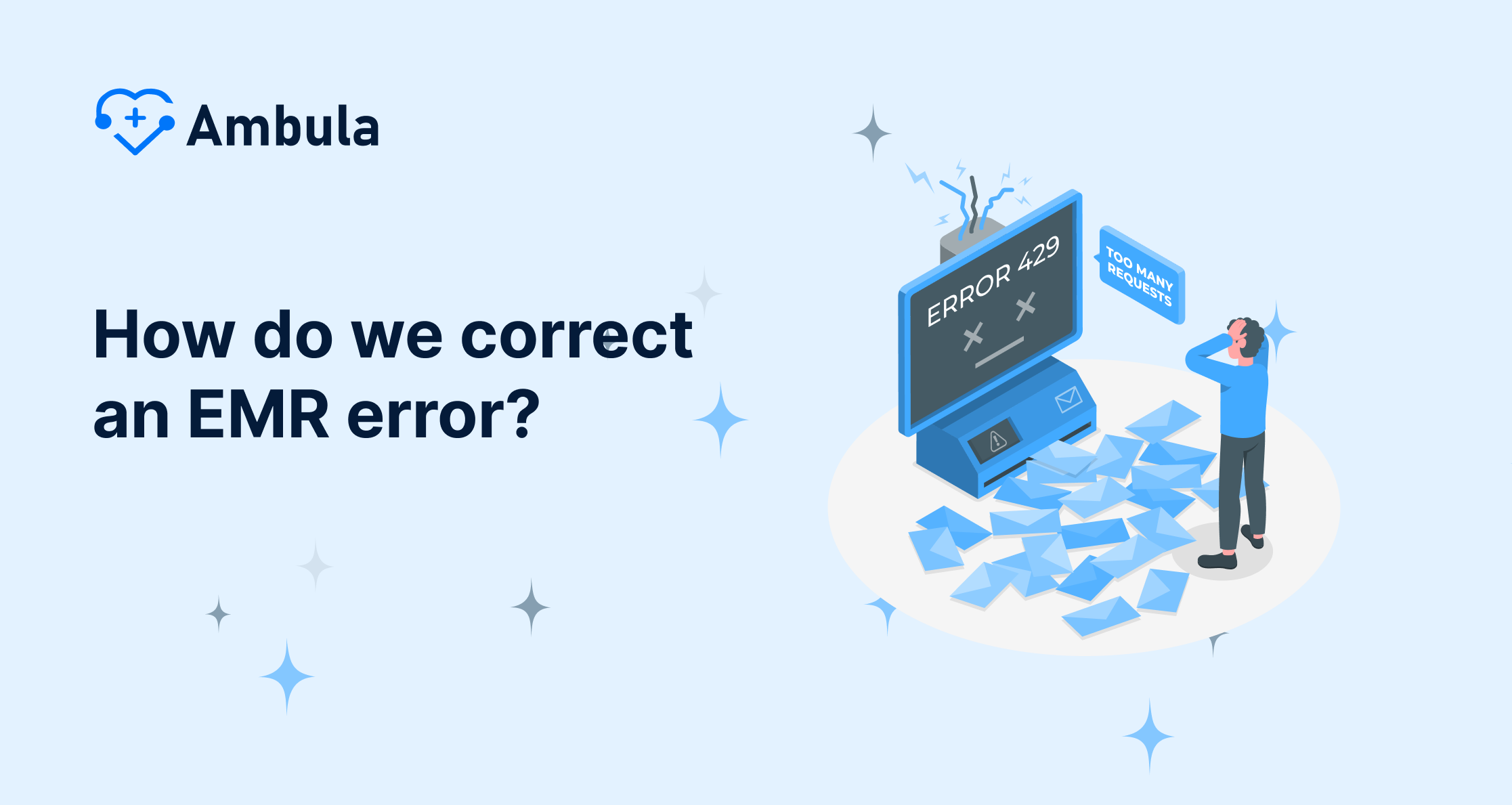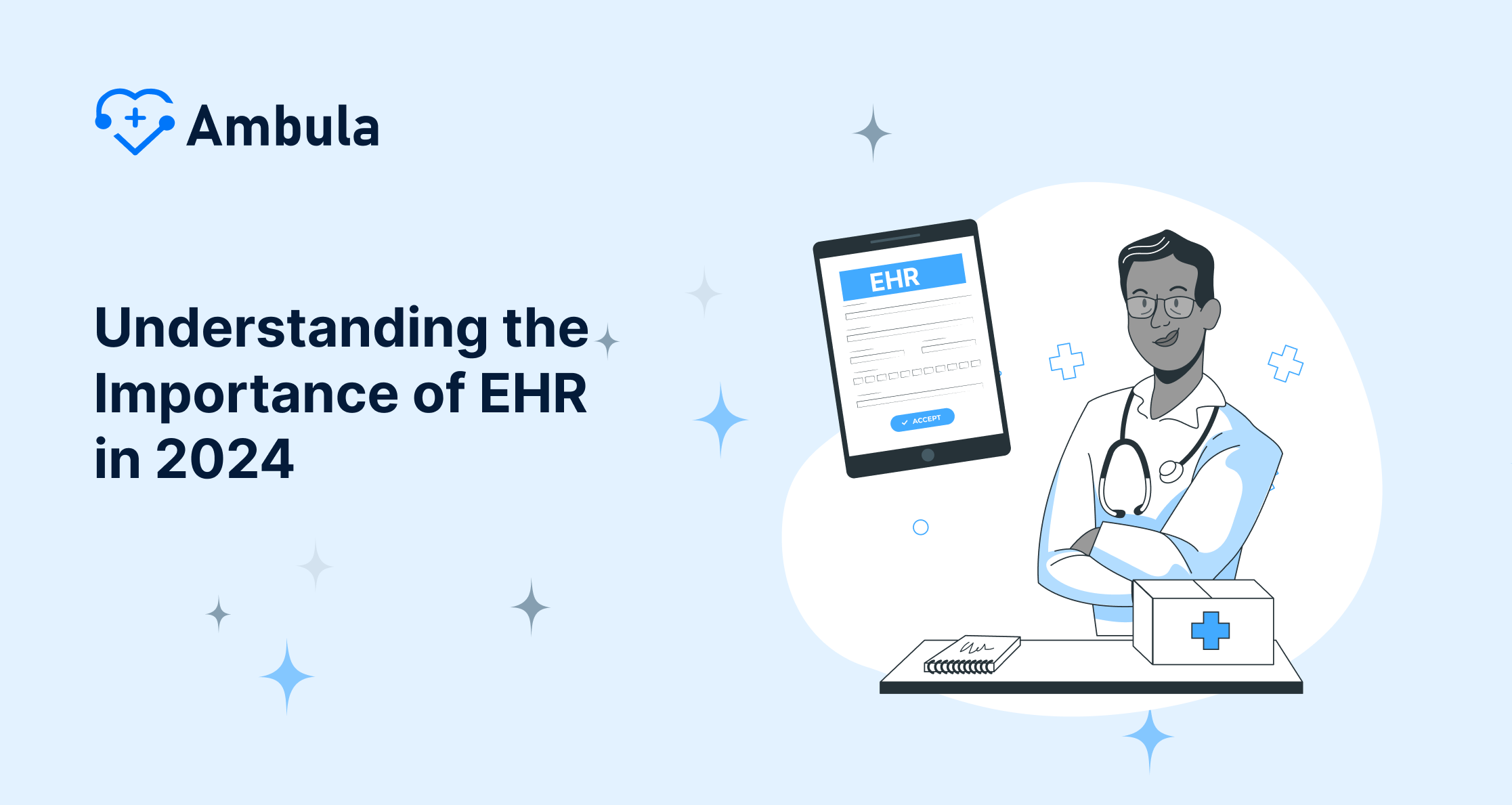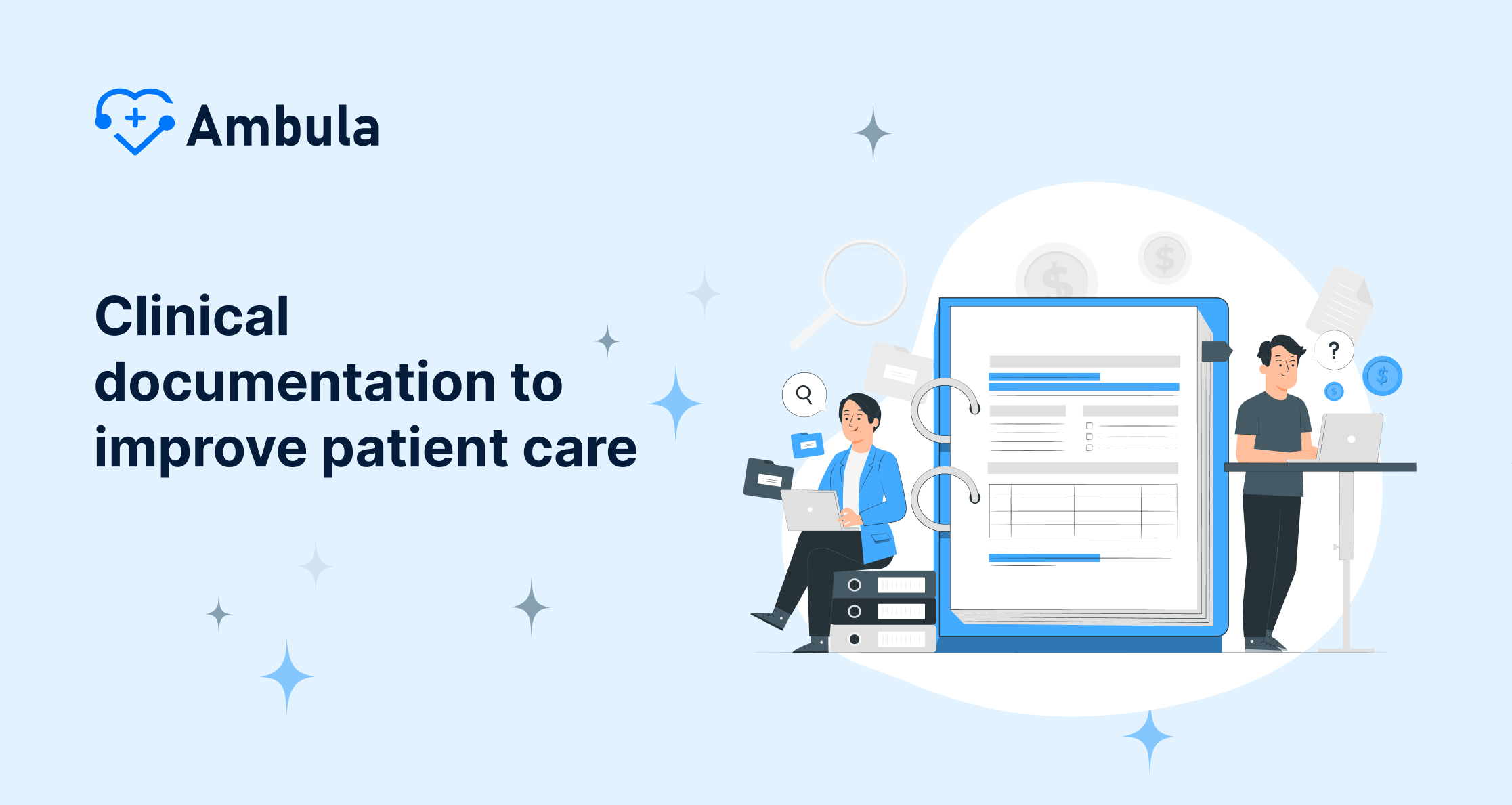The primary objectives of an EMR system are to streamline the clinical workflow, enhance the quality of patient care, improve accuracy in medical records, and facilitate better communication among different healthcare stakeholders. By providing instantaneous access to patient data to authorized users, EMRs not only make it easier to diagnose diseases and reduce medical errors but also support better patient outcomes.
This article aims to delve into the multifaceted process of operating an EMR system. We will explore the practical considerations of selecting an EMR tailored to specific healthcare settings, discuss how to comply with legal and regulatory requirements, outline steps for system setup and customization, and provide insights into training and best practices for use.
Preparing for EMR Implementation
Prior to embarking on the implementation of an electronic medical record (EMR) system, it is imperative to meticulously prepare your organization to ensure a seamless and successful transition. This comprehensive preparation encompasses several critical steps:
-
Organizational Readiness Assessment: Commence by thoroughly evaluating your organization’s current information technology (IT) infrastructure, existing workflow processes, and the technical proficiency of your staff. Determine whether your systems can support EMR implementation and identify any areas that may necessitate upgrades or supplementary training.
-
Budget and Timeline Development: Elaborating a detailed budget and timeline is paramount for effectively managing the implementation process. Account for the costs associated with software acquisition, hardware enhancements, training, and ongoing maintenance. Establish a realistic timeline that allocates sufficient time for each implementation stage, including planning, configuration, training, and go-live.
-
EMR Vendor Selection and Contract Negotiation: Carefully scrutinize potential EMR vendors based on their product offerings, industry expertise, and customer support. Consider factors such as user-friendliness, functionality, compatibility with existing systems, and vendor reputation. Once you have shortlisted vendors, conduct in-depth product demonstrations and negotiate a comprehensive contract outlining the scope of work, deliverables, and pricing structure.
Check out these articles after you’re done
Configuring and Customizing Your EMR System
Once you’ve successfully implemented your electronic medical record (EMR) system, it’s time to transform it into a personalized tool that seamlessly integrates with your unique practice style and patient care protocols. This process of configuring and customizing your EMR system involves several crucial steps.
Establishing User Roles and Permissions
Devise a comprehensive user management system that assigns appropriate roles and permissions to each individual within your organization. This ensures that each user has access to the specific information and functionality required to perform their duties effectively while safeguarding sensitive patient data from unauthorized access.
Optimizing Workflows and Templates
Streamline your clinical workflows by tailoring the EMR’s templates and data entry fields to align with your established practices and procedures. Standardize the order of information input, create customized templates for different patient encounters, and establish default order sets for commonly prescribed medications and diagnostic tests. This optimization will enhance efficiency, minimize redundancies, and promote consistency in patient documentation.
Enhancing Integration Capabilities
Expand the reach of your EMR by integrating it with other healthcare systems you utilize, such as laboratory services, imaging centers, and billing platforms. This seamless integration facilitates seamless data exchange, enabling real-time access to patient information across various healthcare providers, minimizing the risk of errors, and fostering coordinated, comprehensive patient care.
Adapting to Your Specialty
Customize the EMR’s features and functionalities to align with the specific requirements of your medical specialty. For instance, a cardiologist might prioritize customization around cardiovascular-related data fields and documentation templates, while a pediatrician might focus on tailoring the system to address the unique needs of pediatric patients.
Embracing Continuous Improvement
Adopt a culture of continuous improvement by regularly evaluating and refining your EMR configuration to adapt to evolving practice needs, technological advancements, and emerging clinical guidelines. Regularly solicit feedback from users to identify areas for optimization and implement changes that enhance the overall usability and effectiveness of the EMR system.
By meticulously configuring and customizing your EMR system, you can transform it into a powerful tool that empowers you to deliver high-quality, personalized care while streamlining your practice operations and enhancing patient outcomes.
Training staff on EMR use
The effective implementation of an electronic medical record (EMR) system hinges not only on the technology itself but also on the competency and confidence of the staff who will be using it daily. A comprehensive training program is essential to ensure that your team is well-equipped to navigate the EMR system, harness its capabilities, and seamlessly integrate it into their clinical workflows.
Recognize that each team member, from physicians and nurses to administrative staff and billing personnel, will have unique training needs. Develop role-specific training modules that address the specific tasks and responsibilities of each user group. This targeted approach ensures that each individual receives the knowledge and skills they need to effectively utilize the EMR system in their respective roles.
Ongoing Support and Refresher Training
Recognize that training is an ongoing process, not a one-time event. Provide ongoing support to your team by establishing a dedicated help desk, offering regular refresher training sessions, and encouraging peer-to-peer knowledge sharing. Encourage staff to seek assistance whenever needed and foster a culture of continuous learning and improvement.
Empowering EMR Champions
Identify and empower a group of EMR “champions” within your organization. These individuals should understand the system deeply, excel in its use, and demonstrate a passion for sharing their knowledge. EMR champions can serve as mentors, provide peer support, and lead training sessions to help their colleagues maximize the benefits of the EMR system.
Investing in a comprehensive and well-structured training program can empower your team to become proficient users of the EMR system, enabling them to provide high-quality, efficient, and patient-centered care. Remember, a well-trained and confident staff is the key to unlocking the full potential of your EMR system and achieving the desired clinical and operational outcomes.
Communicating with other providers
Effective communication among healthcare providers is essential for delivering coordinated, high-quality patient care. In today’s complex healthcare landscape, patients often receive care from multiple providers across different specialties and healthcare settings. Electronic medical record (EMR) systems are crucial in facilitating secure, efficient communication among providers, enabling them to share patient information, collaborate on treatment plans, and ensure continuity of care.
EMR systems provide secure messaging platforms that enable providers to exchange patient information, discuss treatment options, and coordinate care plans without the risk of compromising patient privacy. These platforms allow for real-time communication, expediting the exchange of critical information and facilitating timely decision-making.
Shared Patient Records and Care Summaries
EMR systems enable providers to access a shared view of patient records, providing a comprehensive overview of a patient’s medical history, diagnoses, medications, and treatment plans. This shared access eliminates the need for duplication of records and ensures that all providers involved in a patient’s care have access to the most up-to-date information.
Collaborative Care Teams and Case Management
EMR systems support the creation of collaborative care teams, enabling providers from different specialties to share information and coordinate care for patients with complex or chronic conditions. Case management tools allow providers to track patient progress, identify potential risks, and intervene proactively to prevent complications.
By fostering effective communication among providers through EMR systems, healthcare organizations can:
- Enhance patient safety by reducing the risk of medication errors, duplicate tests, and conflicting treatment plans.
- Improve patient outcomes by facilitating timely access to specialist care and ensuring continuity of care.
- Enhance patient satisfaction by providing a coordinated and personalized care experience.
In summary, EMR systems serve as powerful tools for facilitating communication and collaboration among healthcare providers, fostering a patient-centered approach to care that promotes better health outcomes and overall patient satisfaction.
Patient registration and scheduling
Effective patient registration and scheduling form the cornerstone of a well-functioning healthcare practice, ensuring efficient patient flow, minimizing wait times, and fostering a positive patient experience. Electronic medical record (EMR) systems provide sophisticated tools for streamlining these processes, enabling healthcare providers to manage patient information, schedule appointments, and maintain accurate records with ease.
Simplified Patient Registration
EMR systems facilitate seamless patient registration by providing a centralized platform for capturing and storing patient demographic, insurance, and medical history information. Patients can pre-register online, eliminating paperwork and reducing wait times upon arrival. Automated data validation checks ensure the accuracy and completeness of patient information, minimizing the risk of errors.
Efficient Appointment Scheduling
EMR systems offer advanced scheduling features that empower healthcare providers to manage appointment calendars, optimize staff utilization, and minimize patient waiting times. Real-time scheduling tools enable providers to view availability and book appointments in seconds, while automated reminder systems help reduce missed appointments.
Data-driven Decision Making
EMR systems provide valuable data on patient demographics, appointment patterns, and billing trends, enabling healthcare providers to make informed decisions about staffing, scheduling, and resource allocation. This data-driven approach can enhance operational efficiency, improve patient access to care, and optimize financial performance.
By leveraging the power of EMR systems to streamline patient registration and scheduling, healthcare providers can create a more efficient, patient-centric, and data-driven approach to patient care delivery.
Managing and reporting data
Electronic medical records (EMRs) are not merely a repository of patient information; they are also a rich source of data that can be harnessed to drive quality improvement, enhance patient care, and inform strategic decision-making. By effectively managing and reporting on EMR data, healthcare providers can gain valuable insights into patient demographics, disease patterns, treatment outcomes, and resource utilization.
EMRs automatically capture a wealth of clinical data, including patient demographics, diagnoses, medications, laboratory results, and treatment plans. This data is stored in a secure, centralized location, ensuring easy access for authorized users and enabling comprehensive data analysis.
Maintaining data quality is crucial for ensuring the validity and reliability of insights derived from EMR data. EMR systems incorporate data integrity checks, validation rules, and audit trails to minimize data entry errors and maintain the accuracy of patient information.
Research and Innovation
Collaborate with researchers to extract and analyze EMR data to identify patterns, test new treatments, and advance the field of medicine.
By effectively managing and reporting on EMR data, healthcare providers can transform their practices into data-driven organizations, enabling them to deliver high-quality, patient-centered care, improve population health, and contribute to the advancement of medical knowledge.
Discover Ambula
Now, you can discover Ambula and reduce your frustrations and risks. How long is emr training? 10 minutes or less. How simple is Ambula EMR usage? Very much. We proved how simplicity is highly demanded in the world of EMR and Ambula is your address when it comes to simplicity, ease, and less training time. Your EMR system will be ready and at your disposal as soon as you make your decision. What are you ready for?
Finally, we discovered how to learn EMR systems along with many aspects of these digital systems. Practices are hurrying towards the implementation of new technologies. Are you behind?
In case you are still in doubt, do not rush towards your decision; ask the Ambula Healthcare team anything you want by calling (818) 308-4108! And now are doctors’ offices required to have emr?





